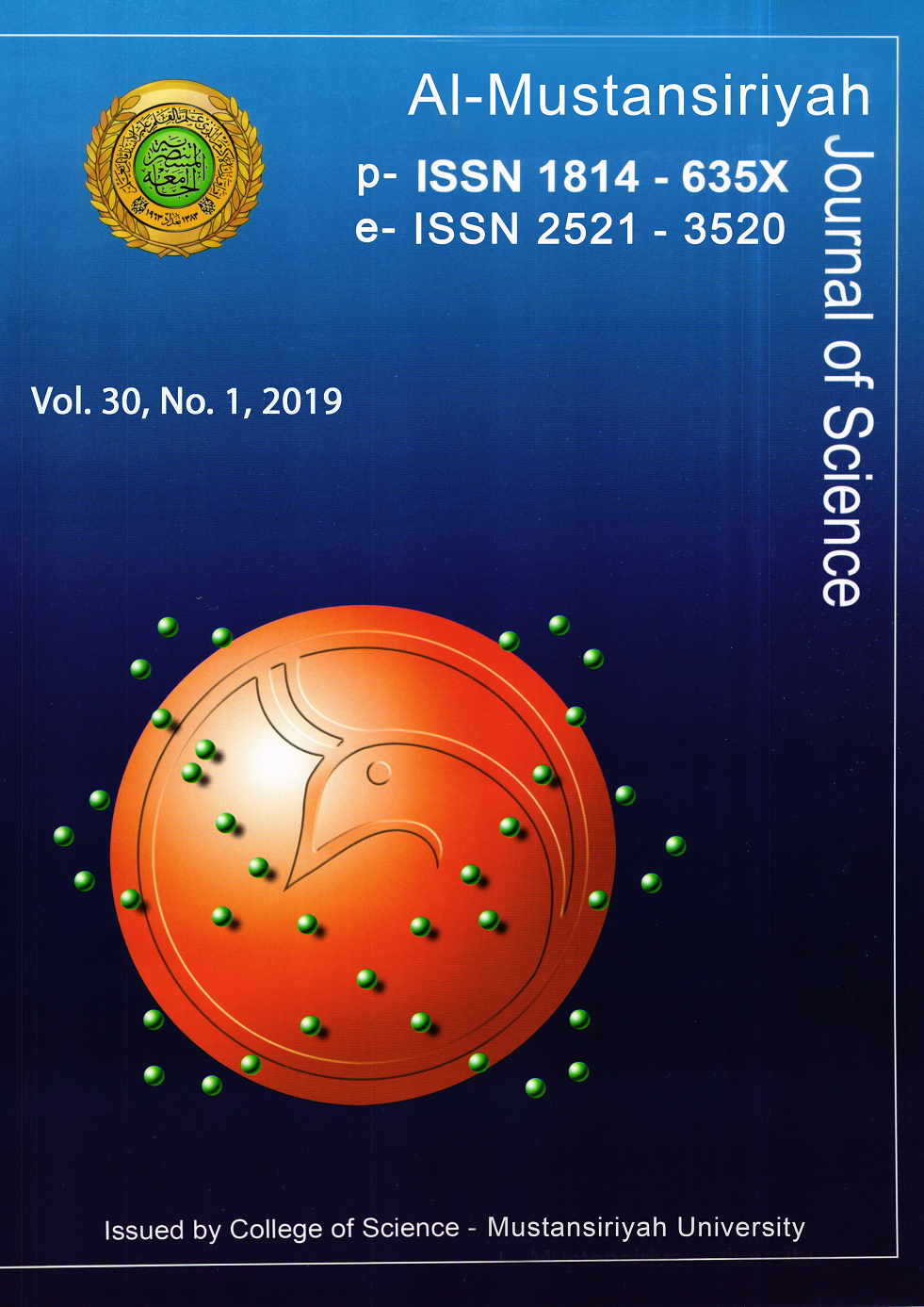Preparation and characterization of waste papers based composites and their applications in leather industries
DOI:
https://doi.org/10.23851/mjs.v30i1.491Keywords:
Waste paper, Leather industries, Dixon, cellulose-based compositeAbstract
In this work, the utilization of waste paper in the preparation of cellulous-based composite is described, with latex as a binder. Paraffin wax and acrylic woven fibers were also used at various weight ratios to get the best mechanical and physical properties. The results were compared with the performance the Dixon, regularly used material in shoes manufacturing. The following tests were performed: compression resistance, density, water absorption, shrinkage, and moisture content. Manual method was employed in the preparation of test specimens in addition to laboratory forging machine for finishing of the specimens. Results of compression test (Modulus of elasticity, compressive strength, resistance to crushing) of the Specimens that contain pulp paper and reinforced with latex and acrylic fibers and low content of paraffin wax showed the highest resistance to compression, The increase of additives contents within the mix resulted in an increase in density. To mimic the real application conditions of the insole, the specimens were subjected to water absorption test by irrigation for 2 hours. The best specimen compositions for the water resistance test are those with high (5-10%) wax content due to the fact that the wax is a water repellent material. The shrinkage is another important parameter for the use of the composite in shoe industry. Result of shrinkage and humidity of all specimens show comparable results to commercially available and Dixon are also very close to the requirements of the specification of leather industry. However, in comparison with the available carton and dixon, our specimens contain from weight fraction (50g) waste pulp, (20g) latex, (4g) paraffin wax, (0.7g) acrylic fibers, proved comparable performance.
Downloads
References
S.M. Al-Haggar, Basics and mechanisms of sustainable development, Dar Fikr Arabi, 1st Edn., Cairo, 2014.
M. M. Barbooti, M. A. Zablouk, and U. A. Al-Zubaidi, Recovery of Chromium From Waste Tanning Liquors by Magnesium Oxide, Internat. J. Indust. Chem., 1 (2010) 29-38.
A.H.M.J. Alobaidy, M. A. Al-Sameraiy, A. J. Kadhem, and A. Al-Mashhady, Evaluation of Treated Municipal Wastewater Quality for Irrigation, J. Environ. Protect., 1 (2010) 216-225•
F. Abdulrahman, "Reduce, Reuse, Recycle, Alternative for Waste Management", Guide G-314, NM University, Las Cruces, 2014.
A. S. Abbas, S. K. A. Barno, "DE-Aromatization of Paraffin wax", J.
Engineering, 11(4), (2005), 715-722.
ISU MatE453/MSE 553 - Lab 3 - FTIR, https://sites.google.com/site/isumate453lab3group8/data/polymethyl-methacrylate-pmma
R. Lituri, J. Deforte , "The Design Guide for Bonding Rubber and Thermoplastic Elastomers", U.S.A.,Vol 2, (2005).
N.E.Marcovich &M.A.Villar, “Journal of Applied Polymer since” Vol.90, PP.2775-2784 (2003).
Speight, J.G., and Ozum, B. 2002. Petroleum Refining Processes. Marcel Dekker, New York.
D. Askeland "The science and Engineering of Material” Second Edition Chapman and Hall London, (1995).
Gary J.Capone, James C.Masson, "Acrylic fibers- Encyclopedia of Polymer Science and Technology", DOI:10.1002/0471440264.pst008, by John Wiley & Sns, Inc, (2004).
A. Wilson, M. A. Carter and W. D., "Materials and Structures and water absorption tests: A critical evaluation", Vol. 32, October 1999, pp 571o578 British Standard M. Hoff Department of Building Engineering, UMIST, P 0 Box 88, Manchester, M60 1QD, UK.
Downloads
Key Dates
Published
Issue
Section
License
(Starting May 5, 2024) Authors retain copyright and grant the journal right of first publication with the work simultaneously licensed under a Creative Commons Attribution (CC-BY) 4.0 License that allows others to share the work with an acknowledgement of the work’s authorship and initial publication in this journal.






















